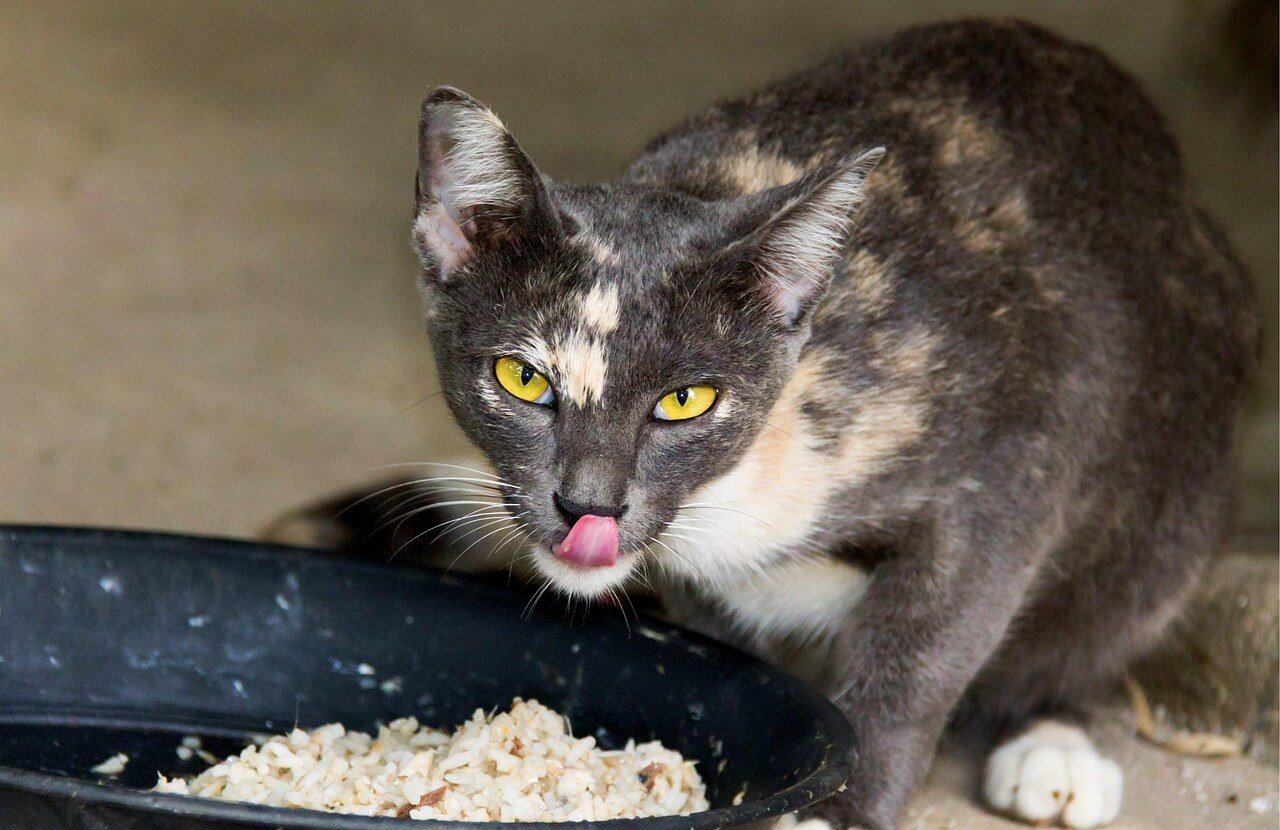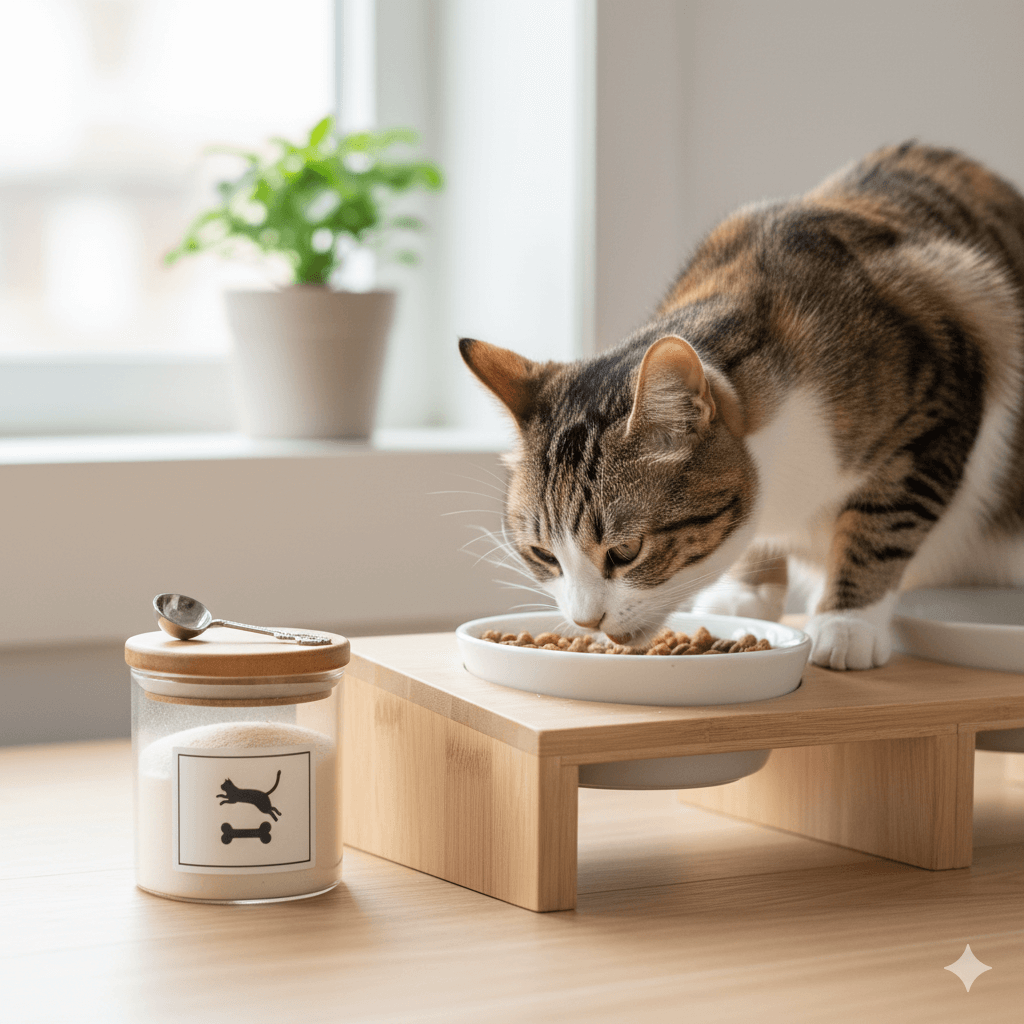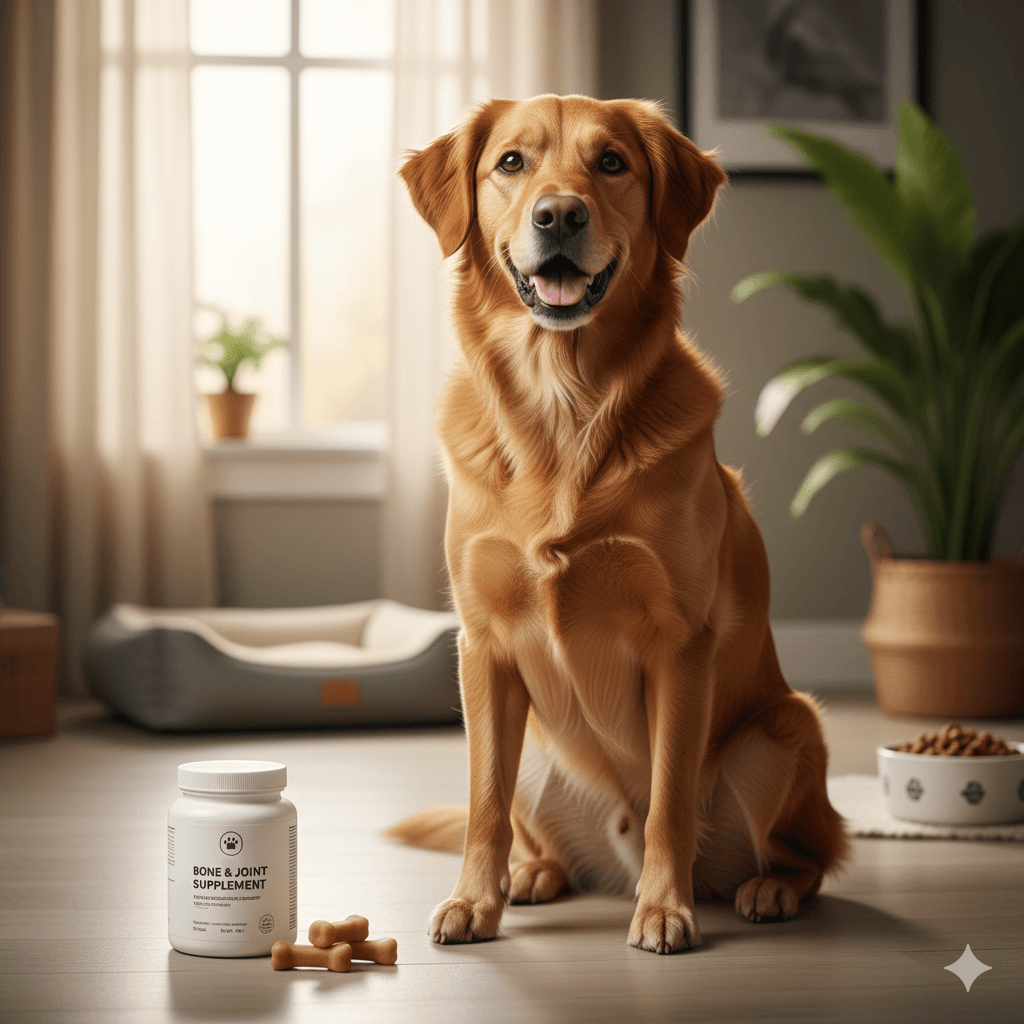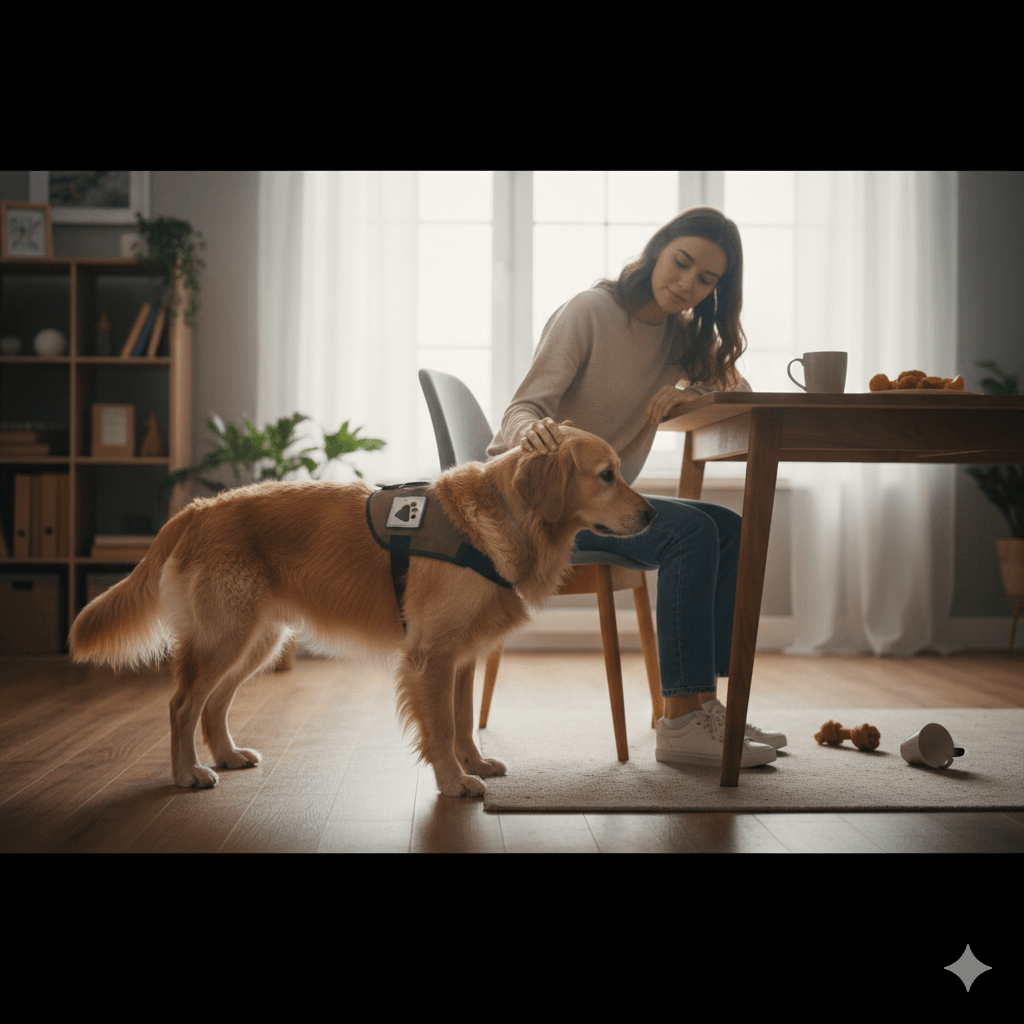How Many Cans of Cat Food Per Day? A Guide to Feeding Your Feline Friend
Feeding your cat the right amount of food is essential for their health, happiness, and longevity. Wet cat food, often sold in cans, is a popular choice among pet owners due to its high moisture content, which supports hydration and urinary health. However, determining how many cans of cat food to feed your feline each day can be tricky. Factors like age, weight, activity level, and dietary needs all play a role in finding the perfect balance. In this guide, we’ll explore everything you need to know about feeding wet cat food, from portion sizes to nutritional considerations, so you can ensure your cat gets the nourishment they need.
Factors That Influence How Many Cans of Cat Food to Feed
The number of cans of cat food your feline friend needs per day depends on several key factors. Understanding these variables will help you tailor your feeding plan to your cat’s unique needs.
Age : Kittens require more calories and nutrients per pound of body weight than adult or senior cats, meaning they may need smaller portions more frequently.
Weight : Overweight cats may need fewer calories, while underweight cats may benefit from slightly larger portions or higher-calorie formulas.
Activity Level : Highly active cats burn more calories and may require additional food, while sedentary cats need less to avoid overfeeding.
Health Conditions : Cats with conditions like kidney disease, diabetes, or obesity may need specialized diets that affect portion sizes.
Brand and Nutritional Content : Different brands and recipes vary in calorie density, so always check the label for serving recommendations.
By considering these factors, you can create a feeding plan that supports your cat’s overall health and well-being.
General Guidelines for Feeding Wet Cat Food
While every cat is unique, there are general guidelines you can follow to determine how many cans of cat food to feed per day. Here’s what experts recommend:
Average Adult Cat : Most adult cats weighing around 8–10 pounds need about 200–250 calories per day, which typically equates to one 5.5 oz can or two 3 oz cans daily.
Kittens : Growing kittens may need double the calories per pound of body weight, often requiring three to four smaller cans spread across multiple meals.
Senior Cats : Older cats may have slower metabolisms and reduced activity levels, so they might need slightly fewer calories than younger adults.
Combination Feeding : If combining wet and dry food, adjust the portion sizes accordingly to avoid overfeeding.
Divide into Meals : Split the daily portion into two or three meals to mimic natural feeding patterns and prevent overeating.
These guidelines provide a starting point, but always consult your veterinarian to fine-tune your cat’s diet based on their individual needs.
Check this guide 👉Top 4 Best Canned Cat Food Products Your Feline Will Love!
Check this guide 👉Homemade Wet Cat Food Recipes: Best 7 Expert Tips!
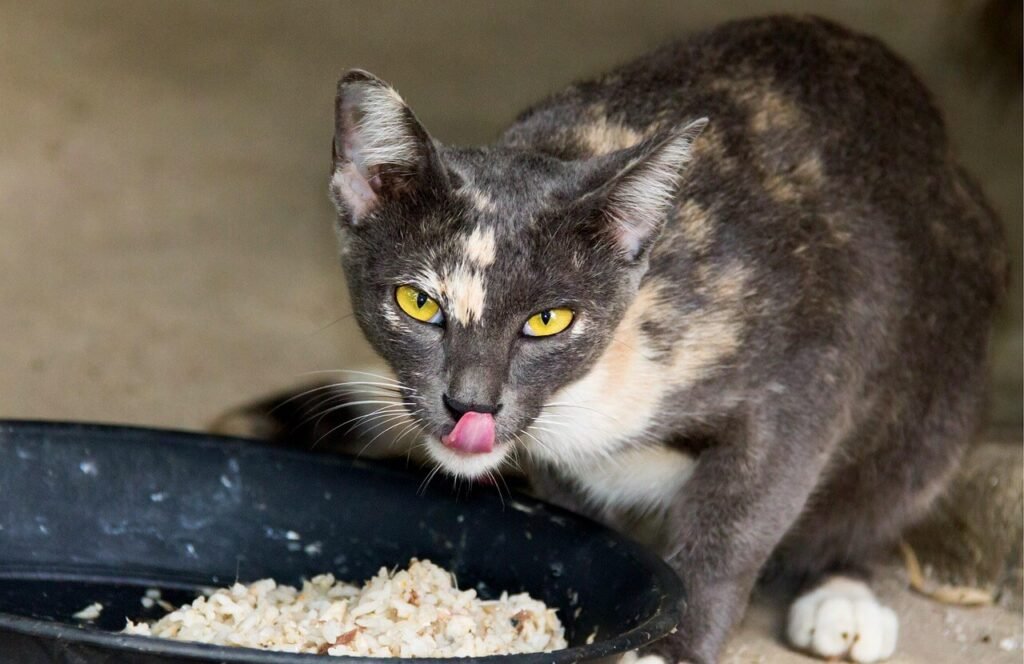
Cat Life Stage | Recommended Daily Wet Food Intake |
|---|---|
Kitten (0–12 months) | 3–4 small cans (3 oz each) or equivalent |
Adult (1–7 years) | 1 large can (5.5 oz) or 2 small cans (3 oz each) |
Senior (7+ years) | Adjust based on activity level; typically 1 large can or less |
Pregnant/Nursing | Up to 2–3 times normal intake, depending on litter size |
Overweight Cats | Reduce portion sizes as recommended by a vet |
Tips for Transitioning to a New Feeding Schedule
If you’re adjusting how many cans of cat food you feed your cat each day, it’s important to transition gradually to avoid digestive upset. Here are some tips to make the process smooth:
Introduce Changes Slowly : Mix small amounts of the new food or portion size with the old routine, increasing the ratio over 7–10 days.
Monitor Weight Regularly : Keep an eye on your cat’s weight to ensure the new portions are appropriate and not causing weight gain or loss.
Observe Behavior : Watch for signs of hunger or dissatisfaction, which may indicate the portions are too small or infrequent.
Adjust Based on Feedback : If your cat seems overly hungry or leaves food uneaten, tweak the portions until you find the right balance.
Consult Your Vet : Before making significant changes, seek professional advice to ensure the new schedule meets your cat’s nutritional needs.
With patience and observation, you can successfully transition to a feeding plan that works best for your cat.
Signs You’re Feeding Too Much or Too Little Cat Food
Balancing your cat’s diet is crucial, and recognizing signs of improper feeding can help you adjust their intake. Here’s what to look for:
Overfeeding Signs : Excessive weight gain, lethargy, or vomiting after meals may indicate your cat is eating too much.
Underfeeding Signs : Constant begging, restlessness, or noticeable weight loss suggests your cat isn’t getting enough food.
Poor Coat Condition : Dry, dull fur or excessive shedding can signal nutritional deficiencies from underfeeding.
Frequent Hunger Cries : If your cat meows persistently for food, they may need larger portions or more frequent meals.
Leftover Food : Consistently leaving uneaten portions behind could mean you’re offering too much or the food isn’t appealing.
By paying attention to these signs, you can adjust your feeding routine to keep your cat healthy and satisfied.
Why Wet Cat Food Is a Great Choice for Your Feline
Wet cat food offers several advantages over dry kibble, making it a popular choice among pet owners. Here are some key benefits to consider:
High Moisture Content : Wet food helps keep your cat hydrated, which is especially important for cats prone to urinary issues.
Palatability : The rich flavors and textures of wet food often appeal more to picky eaters compared to dry kibble.
Weight Management : Lower carbohydrate content in wet food can help prevent obesity, a common issue in cats.
Dental Health Considerations : While not a replacement for dental care, wet food can be easier on sensitive gums or teeth.
Variety and Nutritional Balance : Many wet foods offer complete and balanced nutrition, with options tailored to specific life stages or health needs.
Incorporating wet cat food into your feeding routine can provide both health and enjoyment benefits for your feline companion.
Steering Clear of Errors That Could Harm Your Cat’s Health
While feeding wet cat food is generally beneficial, there are some common mistakes that pet owners should avoid to ensure their cat stays healthy.
Overlooking Portion Sizes : Feeding too much or too little can lead to weight issues or nutritional imbalances—always measure portions carefully.
Not Checking Expiration Dates : Spoiled or expired food can cause digestive upset or illness; always inspect cans before serving.
Sticking to One Flavor Only : Cats can become finicky if they’re only exposed to one type of food—rotate flavors to encourage variety.
Ignoring Dental Hygiene : Relying solely on wet food without proper dental care can increase the risk of plaque buildup.
Free-Feeding Wet Food : Leaving uneaten wet food out for too long can spoil; always remove leftovers after 30–60 minutes.
Avoiding these mistakes ensures your cat enjoys the full benefits of wet food while minimizing potential risks.
Selecting High-Quality Options for Your Cat’s Diet
With so many wet cat food brands and formulas available, choosing the right one can feel overwhelming. Here are some tips to guide your decision:
Check the Ingredient List : Look for high-quality protein sources like chicken, turkey, or fish as the first ingredient.
Avoid Artificial Additives : Steer clear of foods with artificial colors, flavors, or preservatives that may harm your cat’s health.
Consider Special Needs : If your cat has allergies, sensitivities, or medical conditions, opt for formulas designed to address those needs.
Look for Balanced Nutrition : Ensure the food meets AAFCO (Association of American Feed Control Officials) standards for complete and balanced nutrition.
Read Reviews and Recommendations : Research trusted brands and read reviews from other cat owners to find reliable options.
By taking these steps, you can choose a wet cat food that supports your cat’s health, satisfies their taste buds, and fits your budget.
Frequently Asked Questions About Feeding Wet Cat Food
Can I feed my cat only wet food?
Yes, many cats thrive on a wet-food-only diet, provided it meets their nutritional needs.
What happens if I feed my cat too many cans of food per day?
Overfeeding can lead to obesity, digestive issues, and other health problems over time.
Is it okay to mix wet and dry food?
Yes, combination feeding can provide variety and balance, but adjust portions to avoid overfeeding.
How do I know if my cat is getting enough water with wet food?
Wet food contains high moisture content, but always provide fresh water to ensure proper hydration.
Should I feed my cat the same amount every day?
Not necessarily—adjust portions based on changes in weight, activity level, or health status.
Feed Your Cat with Care and Confidence
Determining how many cans of cat food to feed your feline companion each day doesn’t have to be complicated. By considering factors like age, weight, activity level, and dietary needs, you can create a feeding plan that supports their health and happiness. Remember, every cat is unique, so don’t hesitate to consult your veterinarian for personalized advice. With the right approach, you’ll ensure your furry friend enjoys a balanced diet that keeps them thriving for years to come.
Understanding Bone Supplement for Cats: Best 7 Expert Tips! – Safe, vet-approved guidance for strong feline bones & balanced nutrition.
Bone Supplement for Dogs: Best 7 Expert Tips! – Expert guide to calcium, collagen & bone health for every life stage.
Understanding Can Cats Get Sunburn: Best 7 Expert Tips! – Protect your feline from UV damage with vet-backed prevention strategies.
How to Train a Seizure Alert Dog: Best 7 Expert Tips! – Learn expert-backed steps to nurture natural instincts into reliable, life-saving seizure alerts.

